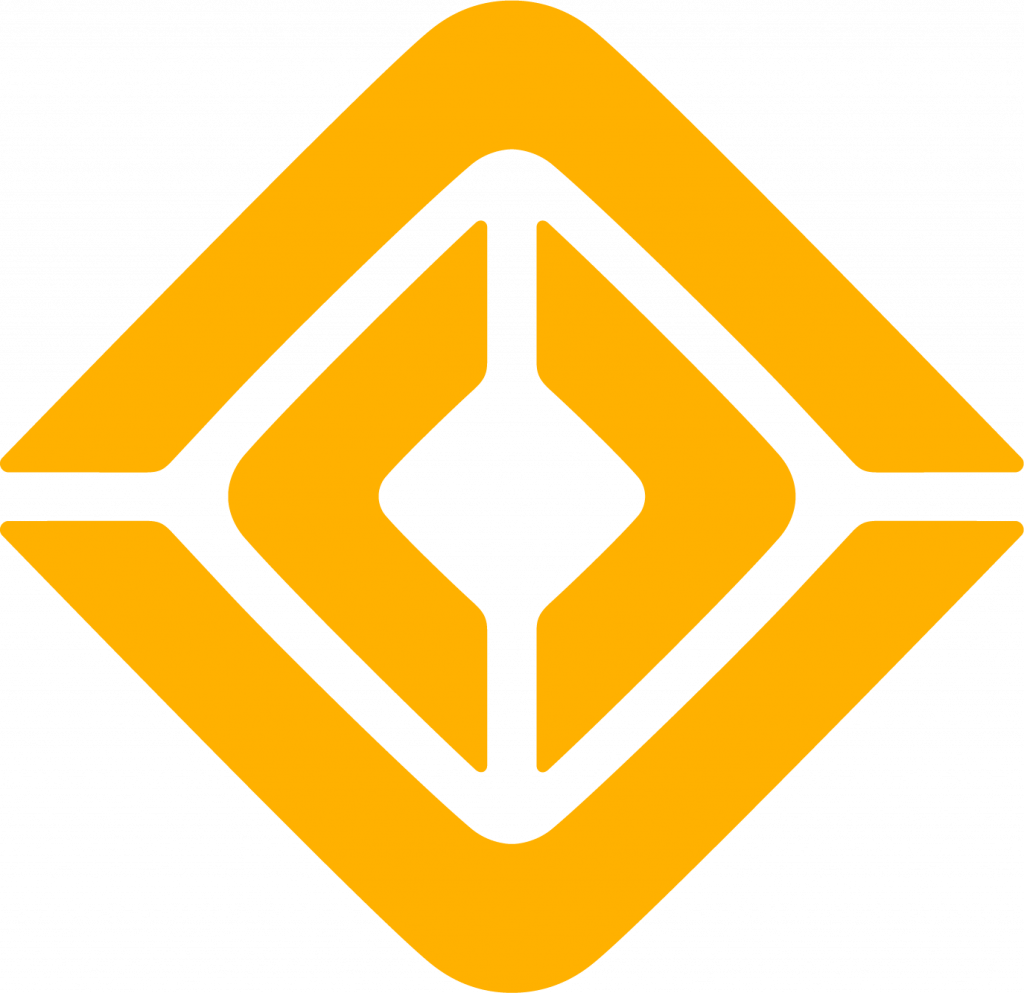Weekly Rivian Responds
To get your questions answered, comment below within 48hrs of this post going up.
Please remember that Rivian is a publicly traded company, so you may not get the detail you want about upcoming product, feature, or software timelines. Of course always ask what’s most important, but for more detailed answers, try to ask questions about vehicle capability, choices already made (eg, design), or about the company in general.
- Will it ever be possible to switch CCS trucks to NACS? Or will the adapter be the only option
- At this time, we don’t plan to offer retrofits of CCS charge ports to NACS charge ports in existing Rivian vehicles as this hardware change won’t be necessary to use NACS chargers. We’ll make an NACS adapter available for R1T and R1S as early as spring 2024.
- Will all future trucks be CCS and use an adapter? Or will Rivian switch to NACS after Spring 2024?
- R1T and R1S will be built with NACS charge ports in 2025. Those vehicles will be able to use an adapter to leverage CCS charging sites. Whether your vehicle is built with a CCS charge port or NACS charge port, adapters will be available so that you have access to Rivian Adventure Network, Tesla Superchargers and third-party CCS networks.
- We still don’t have any pricing info on RAN or the membership cost for things like cellular data. Is there an update here?
- We’ll introduce pricing at Rivian Adventure Network charging sites in the coming months. In-vehicle connectivity (hotspot) will be complimentary through the end of this year, and we’ll share more details including pricing closer to then.
- Why was the driver monitoring camera deactivated during Driver+?
- We made this change because the existing camera position and viewing angle didn’t meet our performance requirements. Rivian has been able to achieve current Driver+ functionality using other cameras, sensors and software embedded throughout the R1T and R1S. It’s also important to note that Driver+ remains standard in every Rivian and the deactivation and removal of this interior camera does not impact the safety or functionality of our vehicles, nor our ability to continue to improve Driver+ over time.
- There have been a lot of instances where Rivian owners have come back to their vehicles and found that they’ve been hit and Gear Guard has recorded nothing. Are there plans to improve Gear Guard to detect more than just visual motion?
- Gear Guard uses computer vision techniques to detect people while the R1T or R1S is in its “sleep” state. There are two parameters the vehicle balances here: 1) making sure the vehicle optimizes efficiency by not being “awake” at all times and 2) keeping the number of recorded events manageable to owners by not triggering cameras every time there’s a moving object near the vehicle.
- For reference, Rivian vehicles do have the capability to detect any type of motion event (caused by people, other vehicles, etc.) when the vehicle is moving or awake. So the challenge you’re referencing is specifically capturing events caused by non-humans while the vehicle is in a sleep state. There are a lot of technical trade-offs to consider here, but we’ll continue to explore the feasibility of this based on owner feedback.
- When will we have spare tires available for purchase?
- In Gear Shop, spare tires are listed as coming this summer. Our current estimate for when they’ll be purchasable is August.
- Are there any updates for when the powered tonneau will be configurable again?
- We plan on reintroducing the powered tonneau cover to configurator in the future but can’t provide a more specific timeline quite yet.
- Is there a reason for being unable to switch ride heights and modes while driving in Driver+?
- Great question! It’s important to remember that drive modes and suspension heights change the driving characteristics and performance of your Rivian. With Driver+ engaged, the vehicle is already consuming and reacting to cascades of data in real time. Considering all the variables being processed (like vehicle speed and position, road curvature, and the position of other motorists), limiting the additional variables that the driver can introduce helps optimize for vehicle performance and safety.
- An example of this is limiting the speed of Rivian vehicles when at max suspension height. We know that raising the vehicle to its full ground clearance means a higher center of gravity and reduced aerodynamic performance – so limiting access to this suspension setting when at highway speeds helps maintain the vehicle’s performance and efficiency.
You must log in or register to comment.


